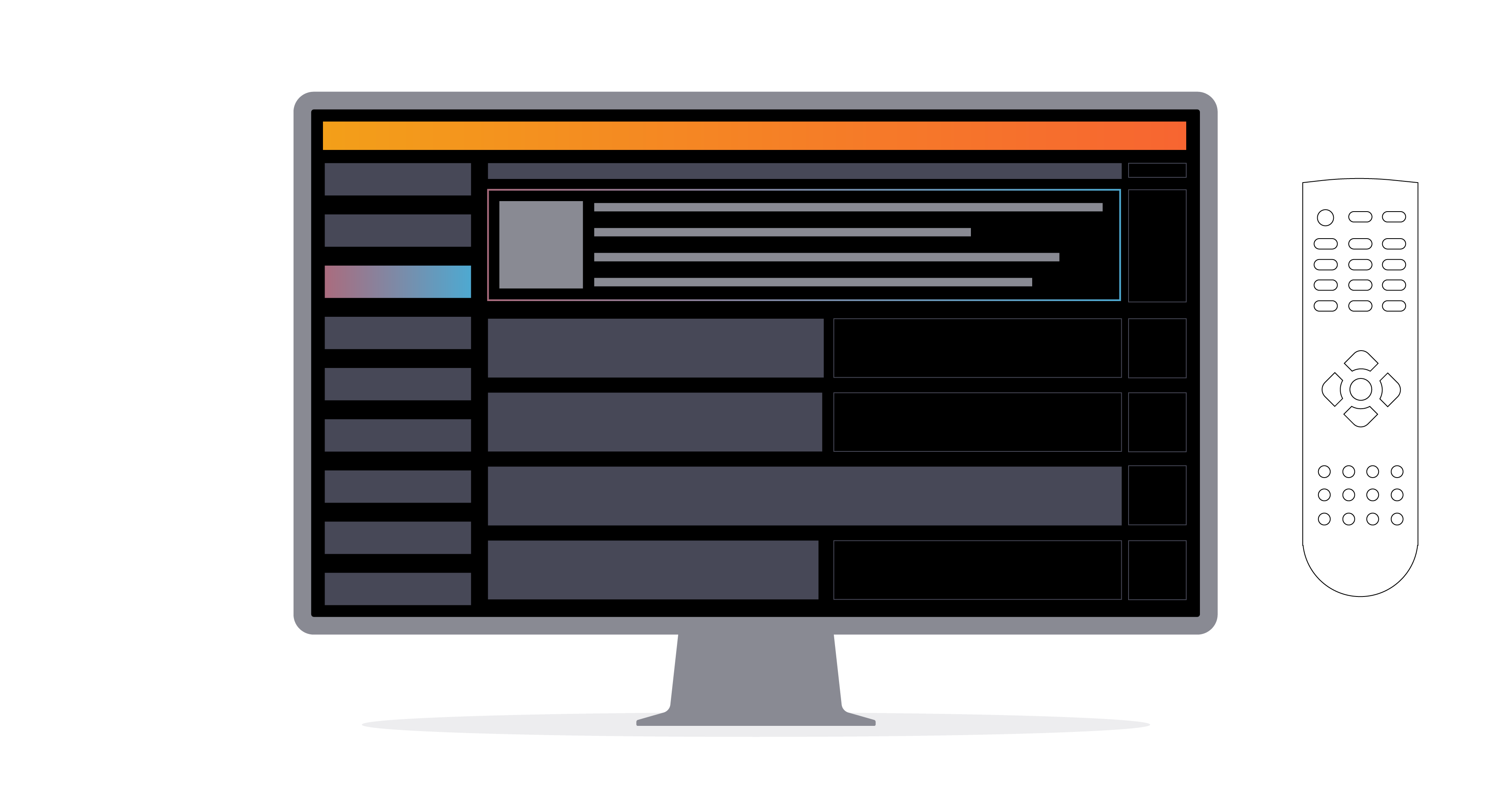Boost your employee engagement with video
Brightcove News

The latest technology is ushering a new age of employee productivity and innovation, and it’s more important than ever that you can communicate with your teams effectively. But, this is no easy feat: After all, we live in a world where businesses operate across multiple locations and time zones—leveraging a complex network of employees, partners, and vendors.
So, how can you connect and communicate in a clear, authentic manner? Video. This preferred communication vehicle empowers you to engage and unify your team, generate revenue, and build customer loyalty. If you take employee engagement and retention seriously, video should play a core role in your HR strategy.
Onboarding
Did you know that up to 20% of employee turnover occurs within the first 45 days of being on the job? It’s clear that creating a premium onboarding experience is crucial to retention—and video empowers you to do so in a personal, but cost-effective manner.
Consider creating the following types of videos to create an engaging onboarding experience:
Welcome videos: Introduce employees to their new colleagues and share an overview of your company’s mission statement and values.
IT trainings: These videos can show new employees how to conduct video conference calls, set up their email signature, book meeting rooms, and much more.
Department overviews: Create videos that give an overview of each business unit and how the teams work together to achieve common goals.
No matter which type of videos you choose to develop, be sure to connect and engage employees at the beginning of their time with your organization.
Education
Of course, it can be extremely difficult to arrange all-company training sessions when your employees work across different time zones and locations. By creating on-demand video trainings, you can empower employees to learn at their own pace and make it easier for them to search for and find the specific trainings they need.
For example, video plays a major role in Wendy’s intranet portal. The fast food chain leverages video communications to provide trainings—and announce updates, news, and other vital corporate information. Wendy’s also live streams footage of general conventions, employee meetings, director meetings, and more. Wendy’s interactive instructional videos have had such a positive impact on employee learning retention that they’ve been able to decrease seat time in training courses.
Engagement
In order to engage and retain your valuable employees, you need to provide a consistent stream of communication. Doing so will increase the likelihood that your message is being delivered and digested effectively. And video—particularly, live-streamed video—provides the perfect channel to do just that. In fact, according to our 2018 Enterprise Video Survey, 94% of enterprise employees who have experienced live-streamed video at work prefer at least one event to be live streamed. And 49% who watch videos in the workplace find internal company meetings to be the most valuable use case for live-streamed video. Consider creating videos for company updates, event recaps, and executive messages.
It’s clear that video can play a vital role in helping to inform, engage, and inspire your employees—ultimately fostering deeper connections. Learn more about how to energize your culture with internal videos.


